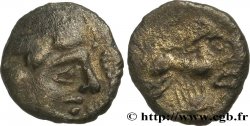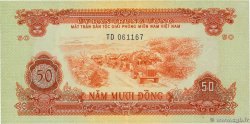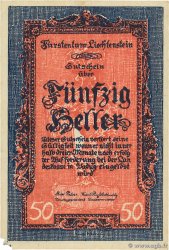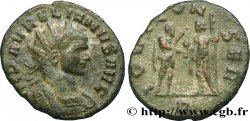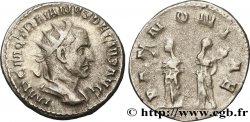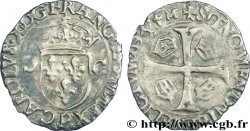v57_0411 - PICTONES (Area of Poitiers) Statère d’électrum à la main
MONNAIES 57 (2013)
Starting price : 320.00 €
Estimate : 500.00 €
unsold lot
Starting price : 320.00 €
Estimate : 500.00 €
unsold lot
Type : Statère d’électrum à la main
Date: Ier siècle avant J.-C.
Mint name / Town : Poitiers (86)
Metal : electrum
Diameter : 23,5 mm
Orientation dies : 4 h.
Weight : 6,59 g.
Rarity : R1
Coments on the condition:
Statère sur un flan large et régulier, avec des types centrés mais une frappe molle au droit et une importante faiblesse sur l’arrière du revers. Métal assez clair, fortement allié d’argent
Catalogue references :
Predigree :
Ce statère provient du stock ELSEN, Bruxelles
Obverse
Obverse legend : ANÉPIGRAPHE.
Obverse description : Tête (d’Ogmius) à droite, la chevelure en grosses mèches, d’où partent des cordons perlés.
Reverse
Reverse legend : ANÉPIGRAPHE.
Reverse description : Aurige tenant une couronne dirigeant à droite un cheval androcéphale ; dessous, une main.
Commentary
Ce type de statère est classé en plusieurs groupes et classes, en fonction du style, de façon parfois un peu subjective... Avec cette grosse tête, ce statère ne semble correspondre à aucune des monnaies du Nouvel Atlas. Le style se rapprocherait plutôt des monnaies dites “à l’aigrette” souvent classées aux Andécaves (cf. DT. 2178-2180).
Les monnaies n° 24-26 pl. X du trésor de Chevanceaux en sont très proches.
Les monnaies n° 24-26 pl. X du trésor de Chevanceaux en sont très proches.








 Report a mistake
Report a mistake Print the page
Print the page Share my selection
Share my selection Ask a question
Ask a question Consign / sell
Consign / sell
 Full data
Full data


